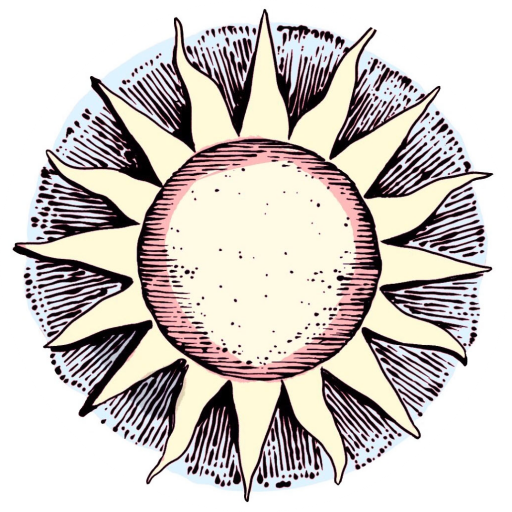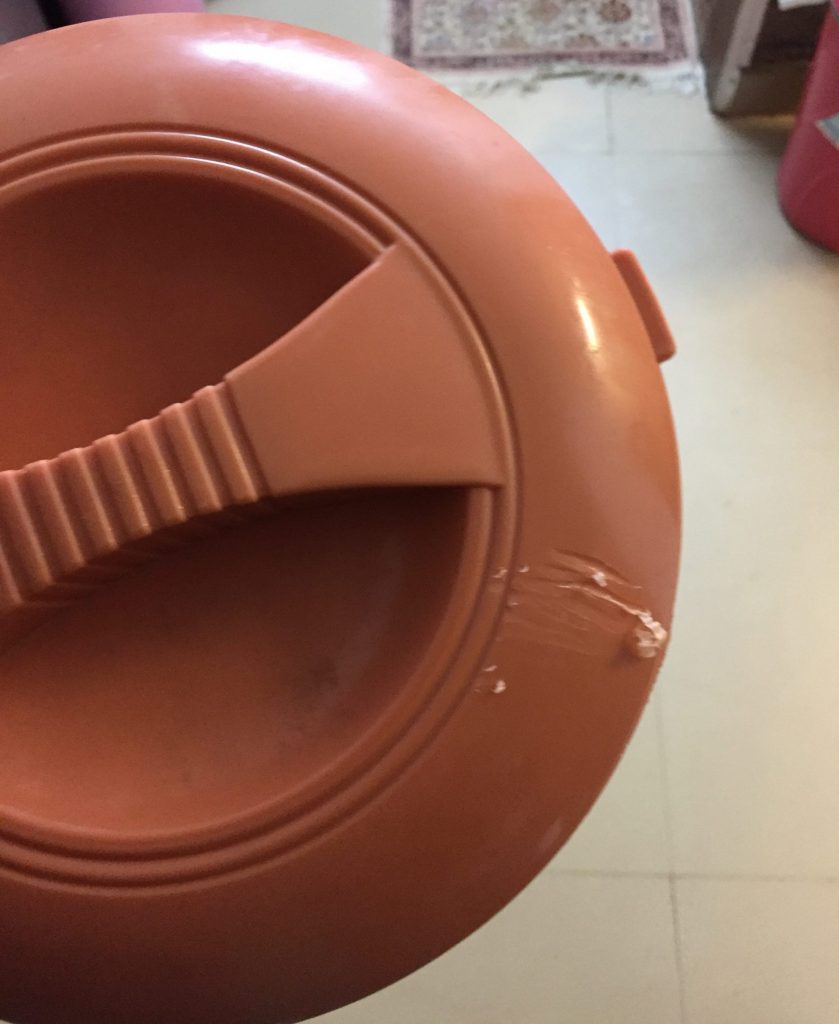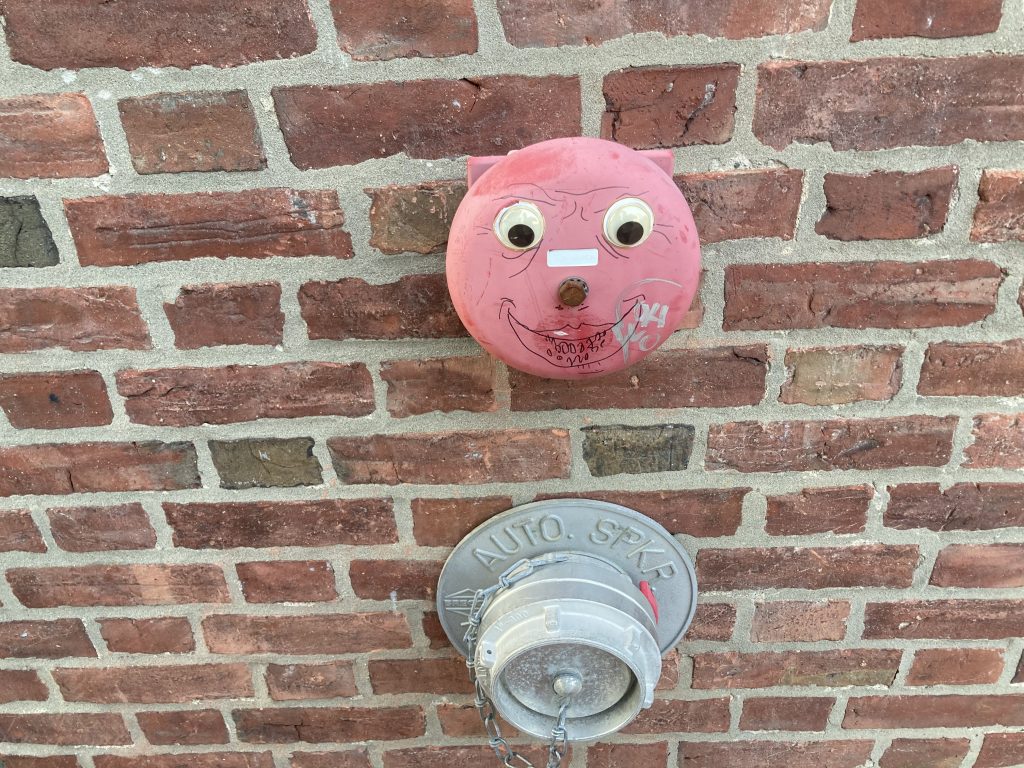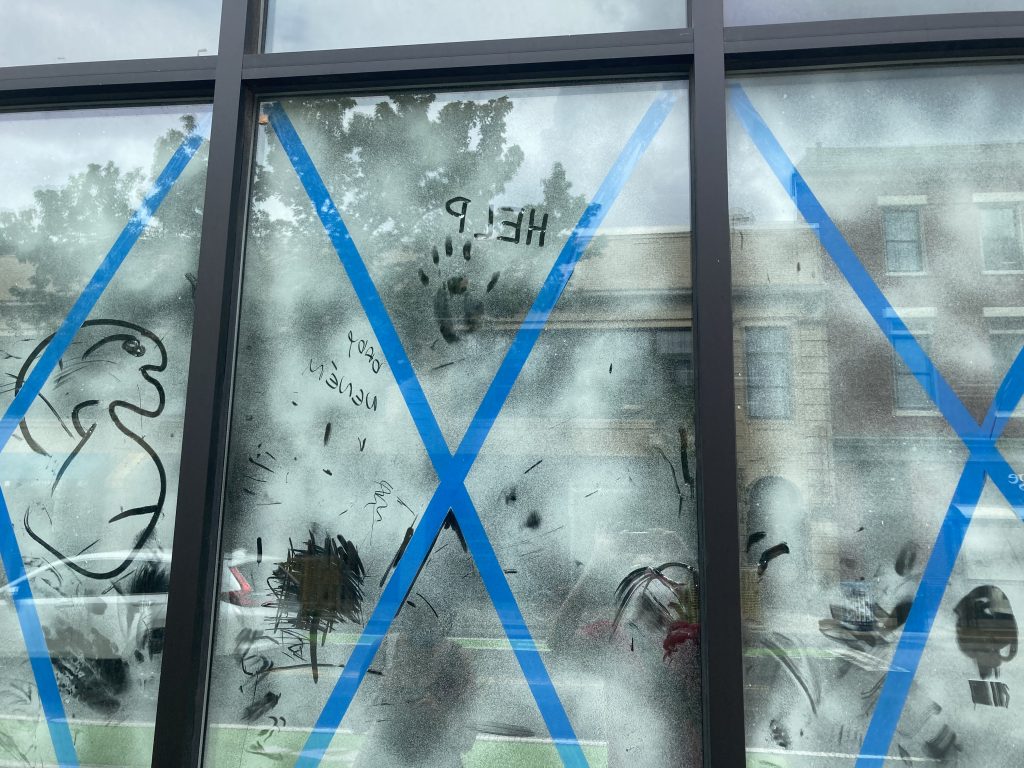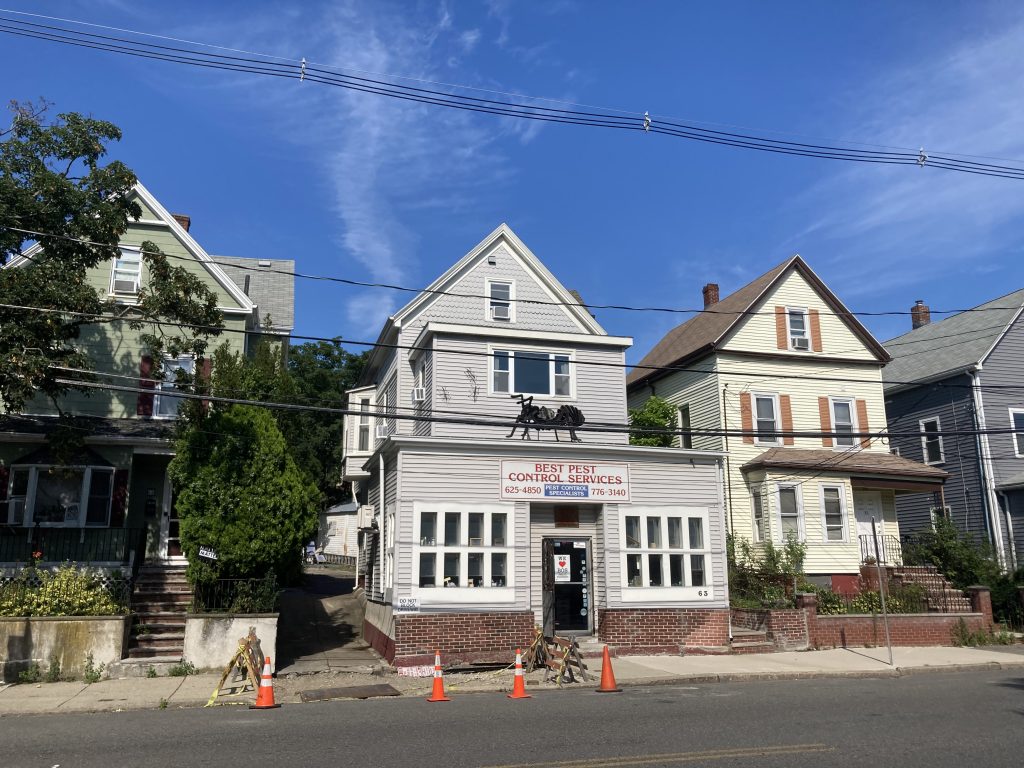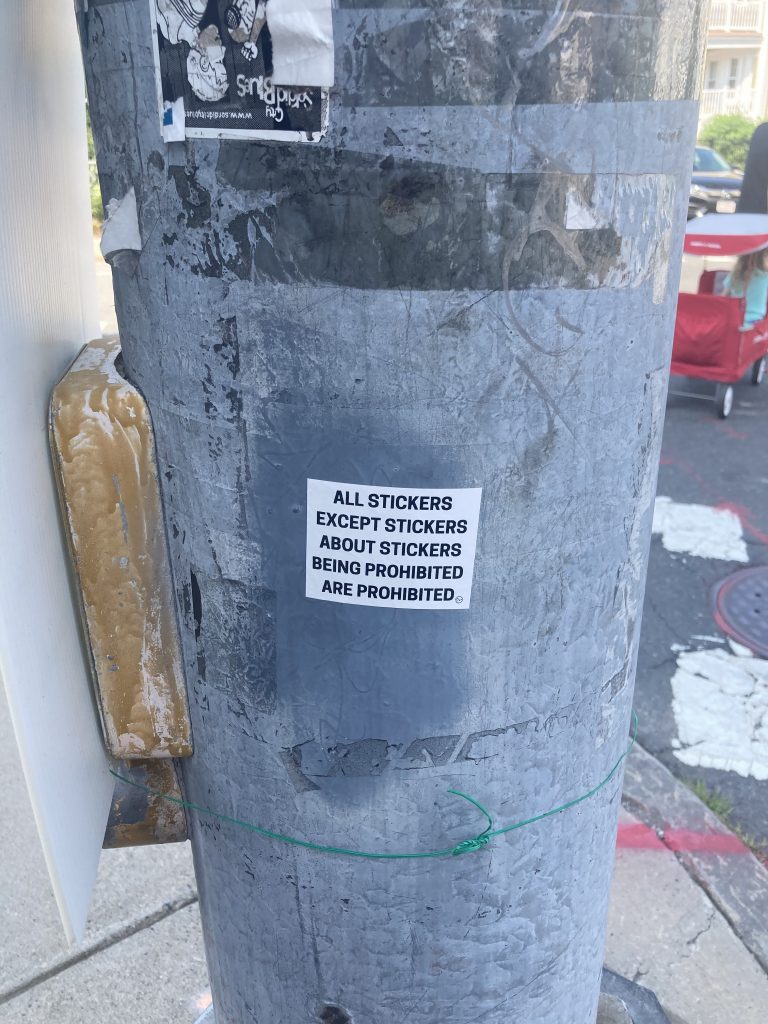‘‘The Spin Doctor’ regional chain of laundromats is centered in the southeast, though one-off branches and knock-offs can be found in most states east of the Mississippi. Mundane in every other way, ‘The Spin Doctor’ machines are equipped with a four-hour deep-clean setting that can be triggered by straddling the line between the ‘regular’ and ‘delicate’ cycles precisely before punching the quarter tray in. Watching the clothes spin through the glass, one will reportedly come to terms with a small, unfortunate event that occurred while wearing a garment inside.
By no means does the deep clean erase the event from history or from the minds of those who witnessed it. The ‘clean’ is for the traveler, alone, who will either see the embarrassment from an angle that greatly minimizes its impact or realize, suddenly, that they had misremembered some forgivable context. The garment will emerge in tatters but the traveler will have one fewer intrusive thought needling them as they try to sleep- a cheap trade for those who find the service even remotely compelling.
Rumors suggest several ways in which one might bolster the deep clean for those particularly guilty memories. Quarters minted in the year of the event are said to be lucky in this regard. Sitting close to the machine as though rot-your-brain staring into a television keeps interruptions to a minimum. Some find comfort in keeping a video of the process in their phone, the loops of which can be streamed in 10-hour intervals, a lo-fi, ASMR niche all its own.’
Seventeen years ago I was a high school freshman who thought football might make him a better man. It did not, and I spend a night or two each month reliving the afternoon that taught me it wouldn’t. It doesn’t help that I still carry around the school colors in the form of a worn-thin athletic quick-dry t-shirt. I’ve worn and washed it often enough that the stains, at this point, are well-set. Into the washer it goes.
Four hours is a long time to watch a machine and I don’t feel particularly cleansed of that afternoon when its buzzer jolts me from a reverie. I collect the jersey, now a handful of mulch, and stretch. I sleep soundly in the first evening, at least, contented with having tried.
-traveler
